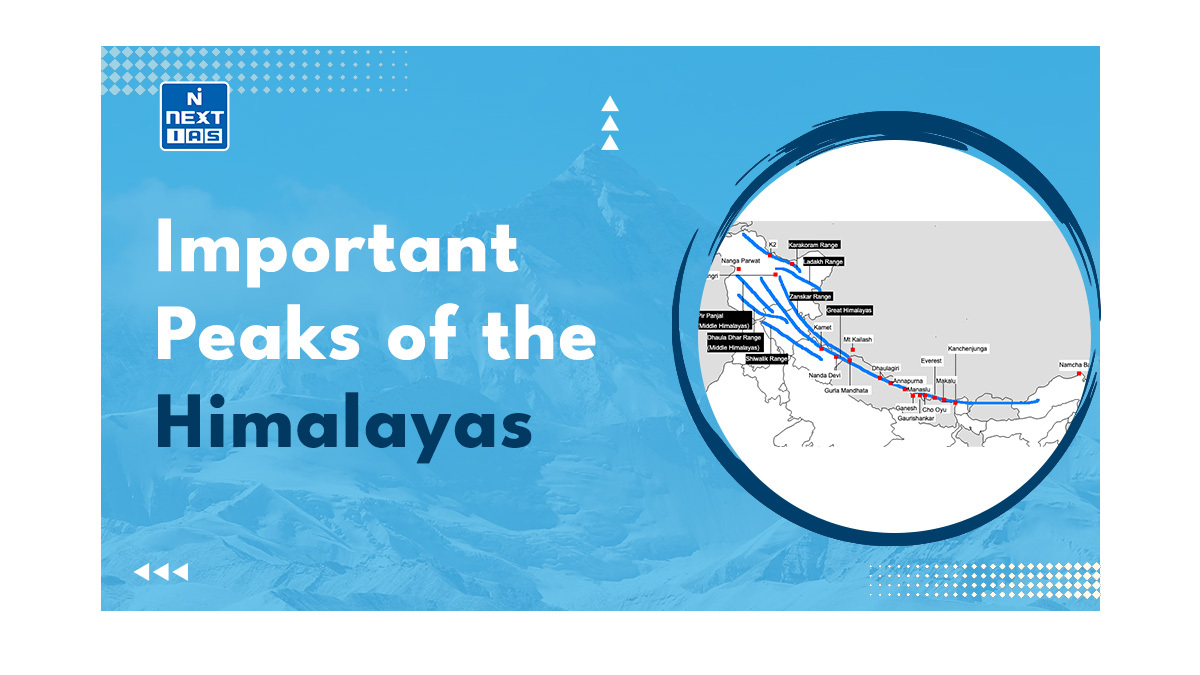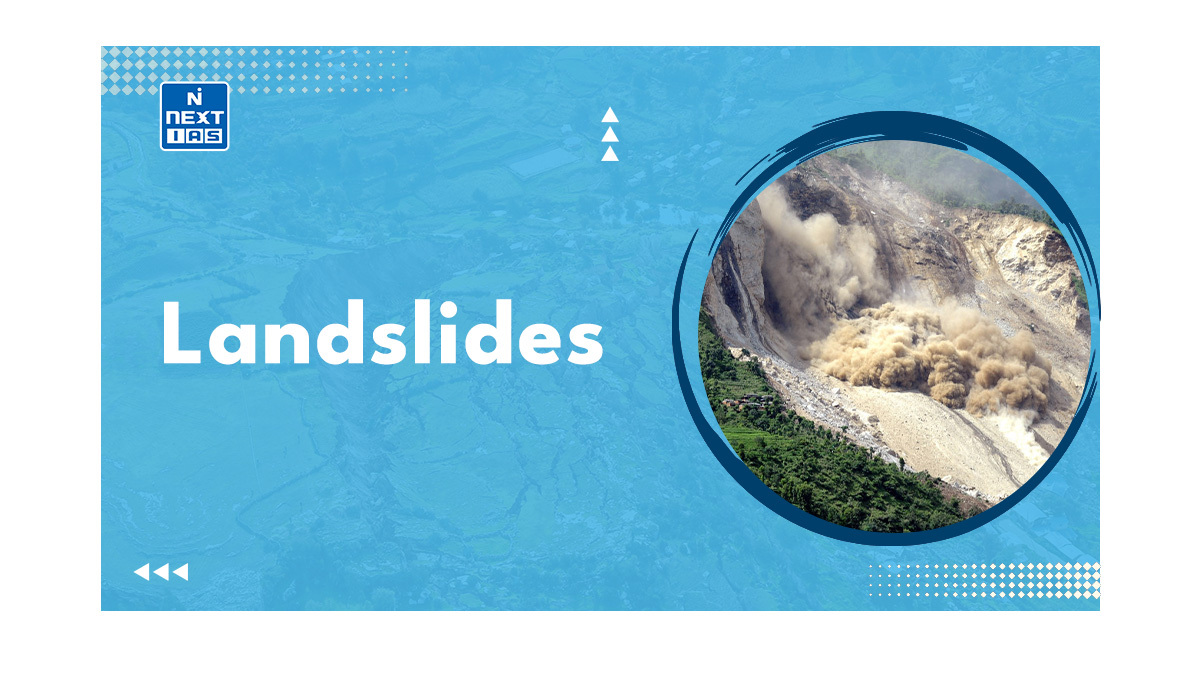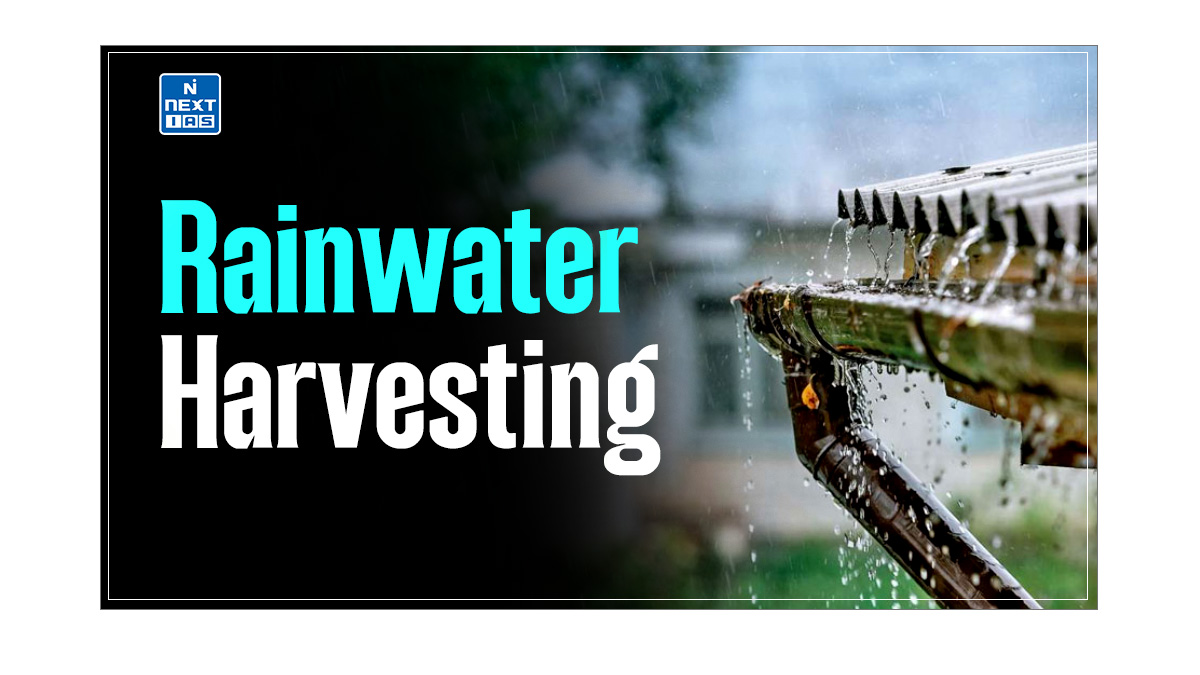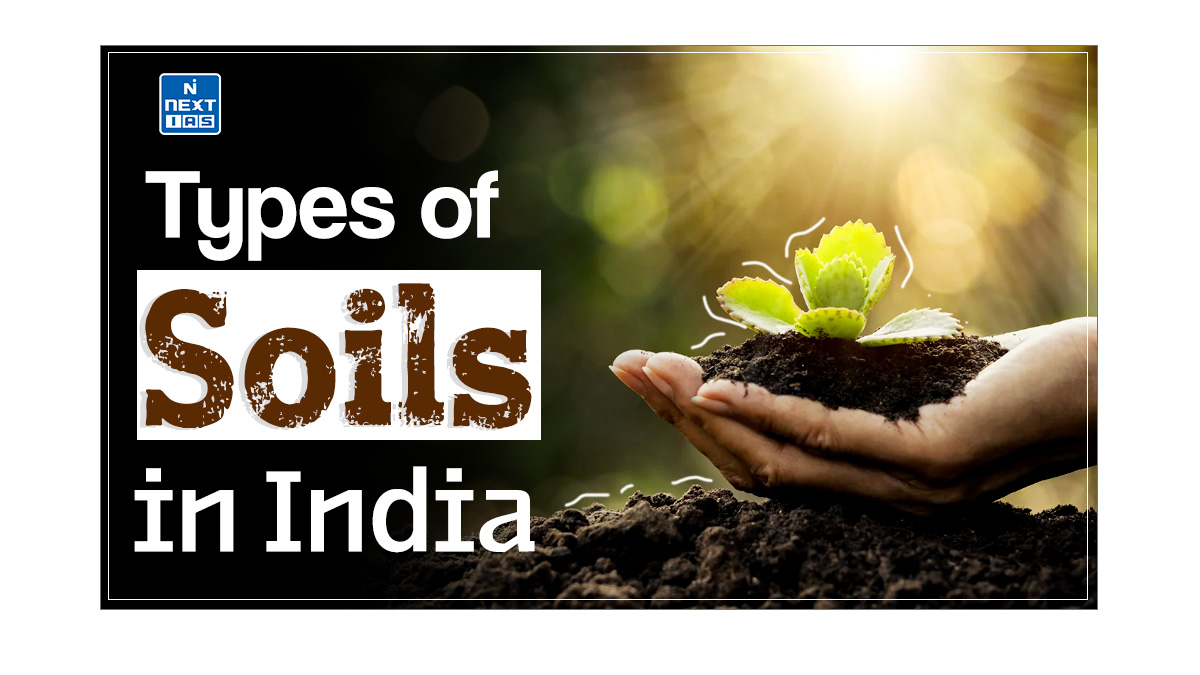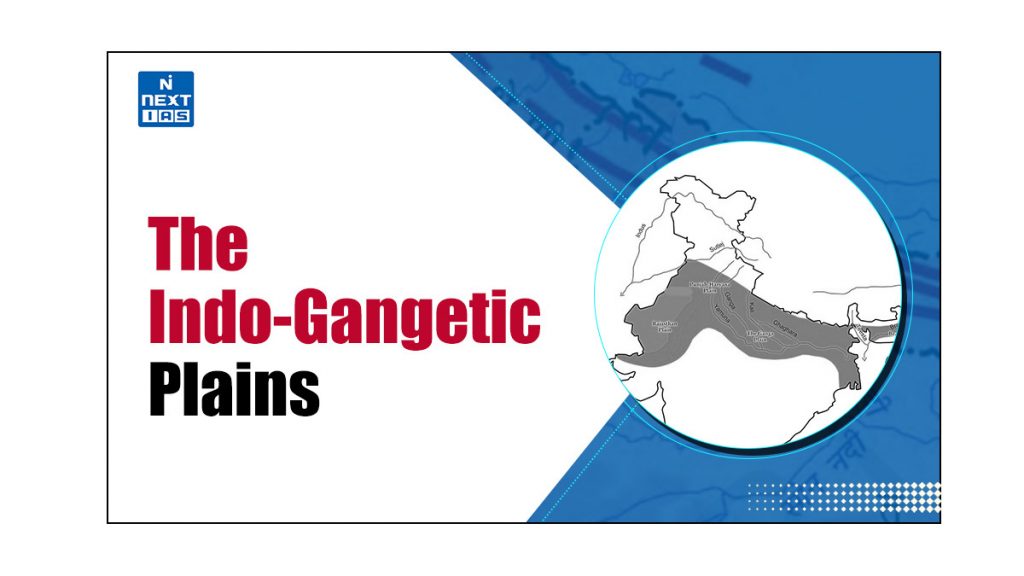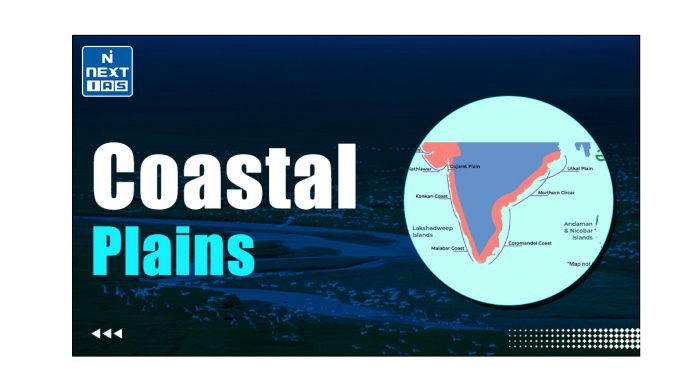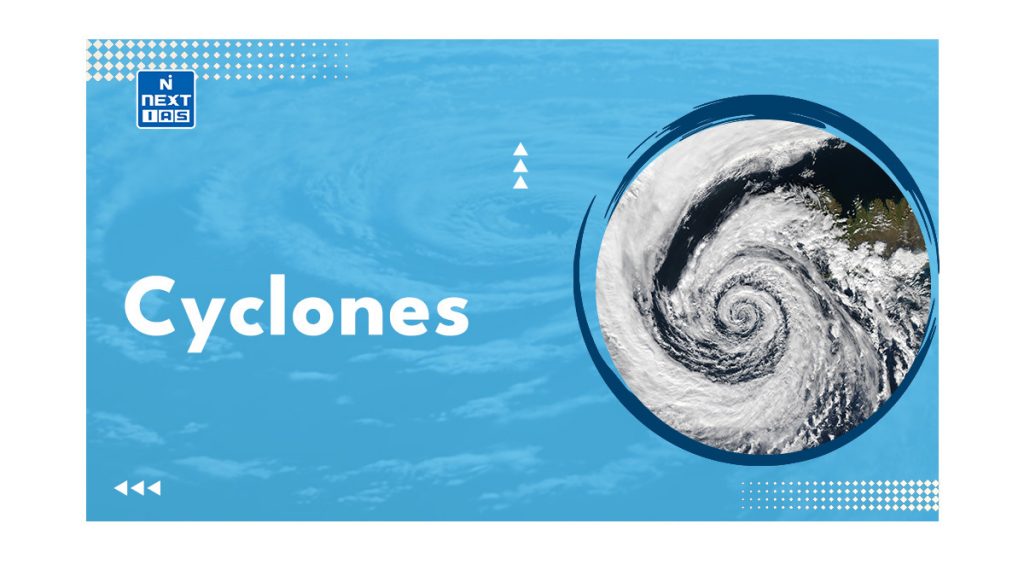
Cyclones are large-scale air systems characterized by low-pressure centers and rotating winds. They form over warm oceans due to rising moist air, leading to spiraling winds. Cyclones significantly impact weather, causing heavy rainfall, strong winds, and flooding, making them critical phenomena in meteorology and disaster management.
About the Cyclones
- Cyclones are intense atmospheric systems with a low-pressure center surrounded by spiraling winds.
- They form over warm ocean waters, where heat and moisture fuel rising air, creating strong convection currents.
- Cyclones are classified based on their location and intensity, such as hurricanes in the Atlantic, typhoons in the Pacific, and tropical cyclones in the Indian Ocean.
- Cyclones are categorized into tropical and extratropical types. Tropical cyclones occur in warm regions and bring heavy rainfall, strong winds, and storm surges, often leading to widespread destruction. Extratropical cyclones, forming in temperate zones, influence weather systems like rain and snowstorms.
- Cyclones have significant environmental and economic impacts, including destruction of infrastructure, loss of lives, and changes in ecosystems.
- However, they also play a role in redistributing heat and moisture across the planet. Understanding cyclone dynamics is vital for accurate forecasting and disaster preparedness to mitigate their effects.
Classification of Cyclones
Cyclones are classified based on their nature, origin, and intensity. The primary types include:
Tropical Cyclones
- Formation: Develop over warm tropical oceans.
- Characteristics: Strong winds, heavy rainfall, and a distinct eye at the center.
- Examples: Hurricanes (Atlantic), Typhoons (Pacific), Tropical Cyclones (Indian Ocean).
- Categories: Based on wind speed, such as tropical depression, tropical storm, and severe tropical cyclone.
Extratropical Cyclones
- Formation: Occur in temperate regions and are associated with fronts between different air masses.
- Characteristics: Bring widespread rain, snow, and storms, without a distinct eye.
- Examples: Mid-latitude cyclones.
Polar Cyclones
- Formation: Found near polar regions.
- Characteristics: Smaller and weaker than tropical cyclones, lasting only a few days.
Mesocyclones
- Formation: Develop within severe thunderstorms.
- Characteristics: Rotating updrafts, often precursors to tornadoes.
Each type significantly impacts weather, ecosystems, and human activities.
Process of Formation of Cyclones
The formation of cyclones, both tropical and extra-tropical, involves a series of atmospheric processes. Here’s a simplified explanation of how cyclones typically form, particularly focusing on tropical cyclones:
Warm Ocean Water
Cyclones form over warm ocean waters (at least 26.5°C or 80°F) because the heat from the ocean provides the energy that fuels the storm. This warmth causes evaporation, which adds moisture to the air above the water.
Rising Warm Air
As the warm, moist air near the ocean surface rises, it creates a low-pressure system. The rising air cools, and as it cools, the water vapor condenses to form clouds, releasing latent heat in the process. This release of heat warms the surrounding air, causing it to rise as well, strengthening the low-pressure system.
Formation of a Cyclonic Rotation
As the air rises and a low-pressure area forms, the Earth’s rotation (Coriolis effect) causes the air to spiral. In the Northern Hemisphere, this results in a counterclockwise rotation, while in the Southern Hemisphere, it rotates clockwise. This rotation leads to the formation of a cyclonic system.
Development of a Disturbance (Tropical Depression)
The initial system of rising warm air may begin as a small disturbance, often called a tropical depression. As the system strengthens, the winds increase, and the low-pressure system deepens further.
Tropical Storm Formation
When the wind speeds of the system reach 39-73 mph (63-118 km/h), the system is classified as a tropical storm. The storm typically becomes organized with distinct cloud bands and an increasing spiral motion.
Cyclone or Hurricane Formation
Once the wind speeds exceed 74 mph (119 km/h), the system is classified as a tropical cyclone (also known as a hurricane in the Atlantic and Eastern Pacific, or a typhoon in the Western Pacific). The system has a clearly defined center (eye), with the most intense winds and storms concentrated around it in the eyewall.
Mature Cyclone
The cyclone continues to draw energy from the warm ocean water, which allows it to intensify. It typically has a well-defined structure with an eye in the center, surrounded by powerful winds and thunderstorms.
Cyclone Weakening
Once a cyclone moves over cooler waters or land, it loses its source of heat and moisture, causing it to weaken. The storm may dissipate entirely or transform into a different weather system, depending on its size and conditions.
Factors Affecting the Formation of Cyclones
The formation of cyclones is influenced by several key factors that work together to create the necessary conditions for the storm. These factors are primarily related to the environment of the ocean and atmosphere. Here’s a list of the main factors that affect cyclone formation:
Warm Sea Surface Temperature
- Description: Cyclones require warm ocean waters, usually at least 26.5°C (80°F), to provide the heat and moisture necessary for the storm’s development. Warm water causes the air above it to rise, creating a low-pressure area.
- Impact: If sea surface temperatures are below this threshold, the cyclone cannot form or will weaken quickly.
Atmospheric Instability
- Description: Atmospheric instability occurs when warm, moist air near the surface rises and cools, forming clouds and thunderstorms. As the air rises, it cools and the water vapor condenses, releasing latent heat that further fuels the storm.
- Impact: Without sufficient instability, the cyclone cannot form, as the air won’t rise and create the necessary low-pressure area.
Low Wind Shear
- Description: Wind shear refers to the change in wind speed and direction with altitude. Low wind shear means that the wind at different levels of the atmosphere moves in the same direction and speed, allowing the developing cyclone to remain vertically aligned and organized.
- Impact: High wind shear disrupts the storm’s structure, causing it to weaken or not form at all. A cyclone needs a well-organized vertical column of rising air.
Coriolis Effect
- Description: The Earth’s rotation causes moving air to deflect to the right in the Northern Hemisphere and to the left in the Southern Hemisphere. This effect is necessary for the initial rotation of the air and the formation of cyclonic motion.
- Impact: Cyclones cannot form directly on the equator because the Coriolis effect is too weak. They typically form at least 5° latitude away from the equator.
Pre-existing Disturbance
- Description: A disturbance or area of low pressure, such as a tropical wave or a pre-existing storm system, provides a focus for the development of a cyclone. The disturbance serves as the initial seed for the storm, creating the convergence of air needed to start the cyclonic process.
- Impact: Without a pre-existing disturbance, a cyclone is unlikely to form, as there would be no initial low-pressure system to intensify.
Moisture in the Atmosphere
- Description: Cyclones require an abundant supply of moisture in the atmosphere. The moisture in the warm air rises and condenses, releasing latent heat and further fueling the storm. The greater the moisture supply, the stronger the storm can become.
- Impact: Lack of moisture in the atmosphere will prevent the cyclone from forming or weakening it if it does form.
Distance from the Equator
- Description: The Coriolis effect, which is necessary to create cyclonic rotation, is strongest away from the equator. Thus, cyclones typically form at latitudes between 5° and 20° in both hemispheres.
- Impact: Cyclones will not form at or near the equator because the Coriolis effect is too weak to induce the necessary spin.
Presence of High-Pressure Systems Nearby
- Description: The location and movement of high-pressure systems can influence the path and development of cyclones. High-pressure systems may push a developing cyclone in a particular direction or prevent it from forming by suppressing upward motion.
- Impact: Nearby high-pressure systems can either block cyclone development or steer it away from populated areas, depending on their positioning.
Vertical Wind Profiles
- Description: The way winds change with altitude affects the vertical structure of a developing cyclone. A favorable vertical wind profile, where winds do not strongly disrupt the rising air, supports cyclone development.
- Impact: Wind profiles that show a sharp increase in wind speed or change direction with height can inhibit cyclone development by creating shear forces that disrupt the storm’s structure.
Upper-Level Divergence
- Description: At higher altitudes, the air must diverge (spread out) for the storm to continue drawing in more warm air from the surface. Divergence at upper levels allows for the continued upward movement of air, contributing to the strengthening of the cyclone.
- Impact: Lack of upper-level divergence can slow or halt the development of a cyclone by not allowing the storm to “breathe” and continue drawing in moist air.
The primary factors affecting the formation of cyclones are:
- Warm ocean waters (above 26.5°C)
- Atmospheric instability (rising moist air)
- Low wind shear
- Coriolis effect (necessary for rotation)
- Pre-existing disturbances
- Moisture availability
- Distance from the equator (at least 5° latitude)
- High-pressure systems can affect development)
- Favorable vertical wind profiles
- Upper-level divergence (ensures the storm’s growth)
Together, these factors create an environment conducive to cyclone formation, and their absence or unfavorable conditions can prevent or weaken cyclone development.
Characteristics of Cyclones
Cyclones are intense weather systems with several distinct characteristics that define their structure, behavior, and impact. These characteristics vary slightly depending on the type of cyclone (e.g., tropical cyclones, extra-tropical cyclones), but many features are common across all cyclone types.
Key Characteristics of Cyclones:
Low-Pressure Center (Eye)
- Description: At the very center of a cyclone lies the “eye,” which is a region of calm, clear skies and light winds. The eye is surrounded by the eyewall, where the strongest winds and heaviest rain occur.
- Impact: The low-pressure center is a key feature of cyclones, where air converges, rises, and drives the rest of the storm’s dynamics. The eye is typically 20 to 40 miles (30 to 65 km) wide in tropical cyclones.
Eyewall
- Description: The eyewall is a ring of intense thunderstorms and high winds that surrounds the eye. This is where the most severe weather, including heavy rainfall, strong winds, and thunderstorms, occurs.
- Impact: The eyewall is the most dangerous part of a cyclone, with wind speeds often reaching their maximum intensity in this area. The eyewall contains cumulonimbus clouds that produce heavy rainfall and sometimes tornadoes.
Spiral Rainbands
- Description: These are long bands of clouds and precipitation that spiral out from the cyclone’s center. These bands are typically composed of showers and thunderstorms, and they can extend hundreds of miles from the center.
- Impact: While not as severe as the eyewall, spiral rainbands can still bring heavy rainfall, strong winds, and rough seas. They can cause significant flooding and damage in regions far from the cyclone’s center.
Strong Winds
- Description: Cyclones are characterized by very strong winds, which spiral inward toward the low-pressure center. Wind speeds increase as one approaches the eyewall.
- Impact: In the strongest cyclones, wind speeds can exceed 150 mph (240 km/h), causing widespread destruction, uprooting trees, downing power lines, and damaging buildings.
Heavy Rainfall
- Description: Cyclones are associated with extremely heavy rainfall, especially in the eyewall and spiral rainbands. This is due to the upward movement of warm, moist air that condenses as it rises.
- Impact: Intense rainfall can lead to widespread flooding, especially in coastal areas and regions with poor drainage systems. Flash floods are common, particularly on the right-hand side of the cyclone’s track (in the Northern Hemisphere).
Storm Surge
- Description: Storm surge refers to the abnormal rise in sea level caused by the strong winds of a cyclone pushing water toward the shore. This surge, combined with high tides, can lead to significant coastal flooding.
- Impact: Storm surge is often the most dangerous aspect of a cyclone, particularly in low-lying coastal areas. It can result in devastating flooding, erosion, and the inundation of coastal infrastructure.
Cyclonic Rotation (Coriolis Effect)
- Description: Cyclones rotate due to the Coriolis effect, which is caused by the Earth’s rotation. In the Northern Hemisphere, cyclones rotate counterclockwise, and in the Southern Hemisphere, they rotate clockwise.
- Impact: This rotation is crucial for the formation and maintenance of cyclonic systems, helping to funnel air into the low-pressure center and enhancing the storm’s intensity.
Vertical Structure
- Description: Cyclones have a vertical structure where warm air from the surface rises, cools, and condenses, releasing latent heat and creating the storm’s powerful updrafts. The storm’s structure is vertically aligned, with rising air near the center and sinking air at higher altitudes.
- Impact: The vertical structure of a cyclone is what allows it to grow and maintain strength. Without the vertical upward movement of air and the heat release from condensation, a cyclone would weaken.
Forward Motion
- Description: Cyclones usually move in a general direction, driven by the surrounding atmospheric pressure systems and wind patterns. Their speed and direction can vary, but they typically follow a curved path.
- Impact: The forward motion of cyclones leads to the potential for widespread effects over a large area, including coastal flooding, strong winds, and heavy rainfall as the storm moves inland or along the coast.
Cyclone Size
- Description: Cyclones can vary in size, with some having a radius of several hundred kilometers. The larger the cyclone, the more widespread its effects (including heavy rainfall and storm surge).
- Impact: The size of a cyclone is a crucial factor in determining the scope of the damage. Larger cyclones affect larger regions, bringing extensive rainfall, high winds, and a stronger storm surge.
Intensity and Classification
- Description: Cyclones are classified based on their intensity, with tropical cyclones categorized by wind speed. For example:
- Tropical Depression: Wind speeds of 38 mph (62 km/h) or less.
- Tropical Storm: Wind speeds between 39 mph (63 km/h) and 73 mph (118 km/h).
- Hurricane/Typhoon/Cyclone: Wind speeds of 74 mph (119 km/h) or more.
- Impact: Cyclones with higher wind speeds cause greater damage and have more severe impacts on coastal areas, infrastructure, and local populations.
Eye Wall Replacement Cycles (EWRC)
- Description: Larger and stronger cyclones may go through an eye wall replacement cycle, where the current eyewall weakens while a new one forms further out. This process can lead to temporary weakening of the cyclone.
- Impact: While the cyclone may weaken briefly, the process of EWRC can lead to changes in the storm’s structure, including shifts in wind intensity and changes in the storm’s path.
Way forward
To mitigate cyclone impacts, improve early warning systems, enhance disaster preparedness, and implement stronger coastal infrastructure. Focus on climate change adaptation by reducing greenhouse gas emissions and protecting natural barriers like mangroves. Invest in cyclone-resistant housing and educate communities on evacuation and safety measures for resilience.
Conclusion
Cyclones are powerful, rotating storm systems that form over warm ocean waters, driven by low pressure, high winds, and moisture. They cause severe weather, including heavy rainfall, strong winds, and storm surges, leading to significant damage. Understanding their formation and characteristics is crucial for disaster preparedness and mitigation.
GS - 1